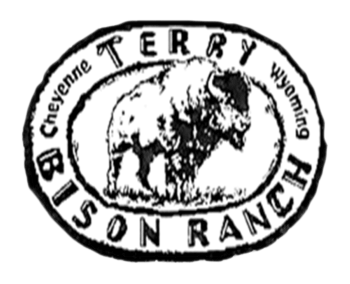This is a question we hear often at the ranch. So, we decided to dig in to the answer and here’s what we found: Going into the dictionary we looked up buffalo and its described as a heavily built wild ox with large backswept horns. Merriam-Webster describes a bison as a large shaggy maned bovine mammal with a large head, short horns and heavy forequarters surmounted by a large fleshy hump. That’s quite a difference already but let’s look further. When we put in an image search for bison, the internet gives us multiple pictures of Merriam-Webster’s definition for a bison however, an image search for buffalo it gives us something different. In these images we see a mix of ox like bovine and bison, but mostly the ox. Why is that? Well according to science when early settlers arrived they saw similarities between the two and so although inaccurate the name buffalo stuck when they saw a bison. There are some similarities. Both come from the Bovidae family which consists of more than 100 species such as: antelope, cattle, sheep, goats and more. The US Department of Interior says that even though the names bison and buffalo are used interchangeably, the scientific term is Bison bison and usually said only once. Historians believe that the name buffalo came from the French word for beef “boef”. So, we found that there is indeed a difference between bison and buffalo, however the term buffalo is used informally by many people. It hasn’t always been this way though.
The bison we see today are called Bison bison and have descended from larger bison. Bison bison are today considered the largest land mammal in North America, coming in at 6 feet tall and up to 2000 pounds, with a horn measurement of 2.5 feet from tip to tip. Before the 1800’s about 30 million existed until they became nearly extinct due to hunting, and sport. Today they are considered “nearly endangered” due to their reliance on mankind for survival. Bison bison are a direct ancestor of the Bison antiquus or also known as “ancient bison”. It is believed that Bison antiquus existed 2-5 million years ago. These ancient bison were larger than todays bison, coming in at 7.5 feet tall, weighing 3,500 pounds, thicker fur and a horn span of 3 feet tip to tip. Some say they became extinct due to a dramatic climate event and others argue it was Paleo-Indian hunting.
Whatever the case may be Bison bison emerged after their extinction. And yet, even before the Bison antiquus there were the Bison latifron. Latifrons were significantly larger than their descendants. They were as tall as 8 feet high, up to 2 tons in weight and their horns measured 9 feet tip to tip. Latifrons were also known as “giant bison”. It is believed that they roamed the plains and woodlands of North America in small family units rather than herds about 45 million years ago. Climate and food shortage caused their demise. So, it seems Bison in general have a long history of survival and even though mankind has had a hand in their survival from extinction of some species to reintroduction of the Bison bison, even questioning whether they are bison or buffalo does not matter in the long scheme of things. These amazing creatures seem to be here for a long time to come. Their history of life is a great example of perseverance and strength. Whether you call them bison or buffalo please come see the beautiful mammals that we have here at the Terry Bison Ranch Resort. We hope you enjoy them as much as we do.
